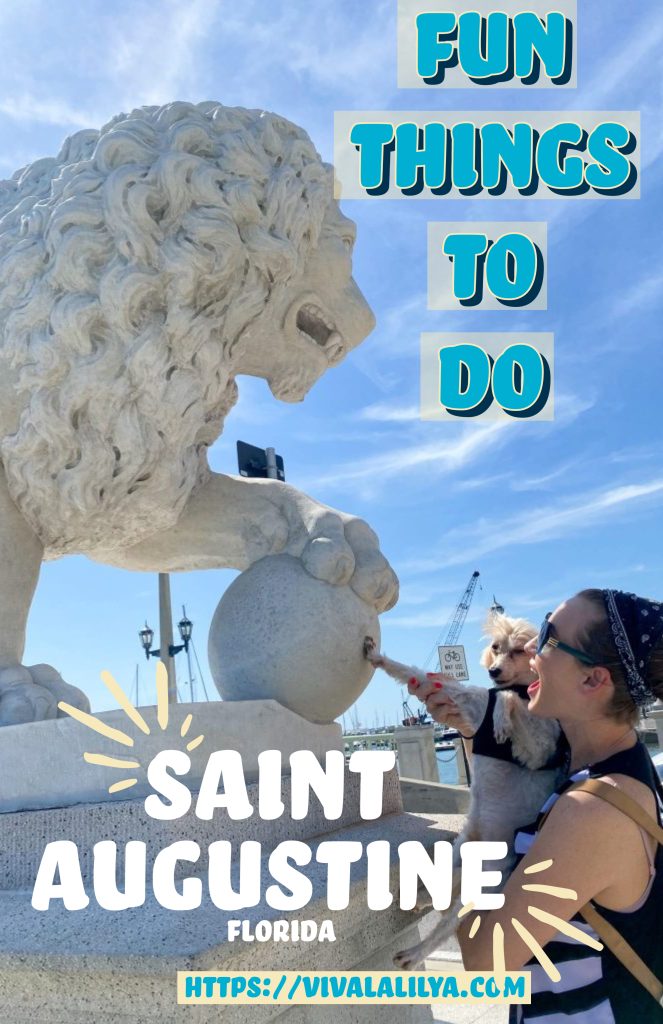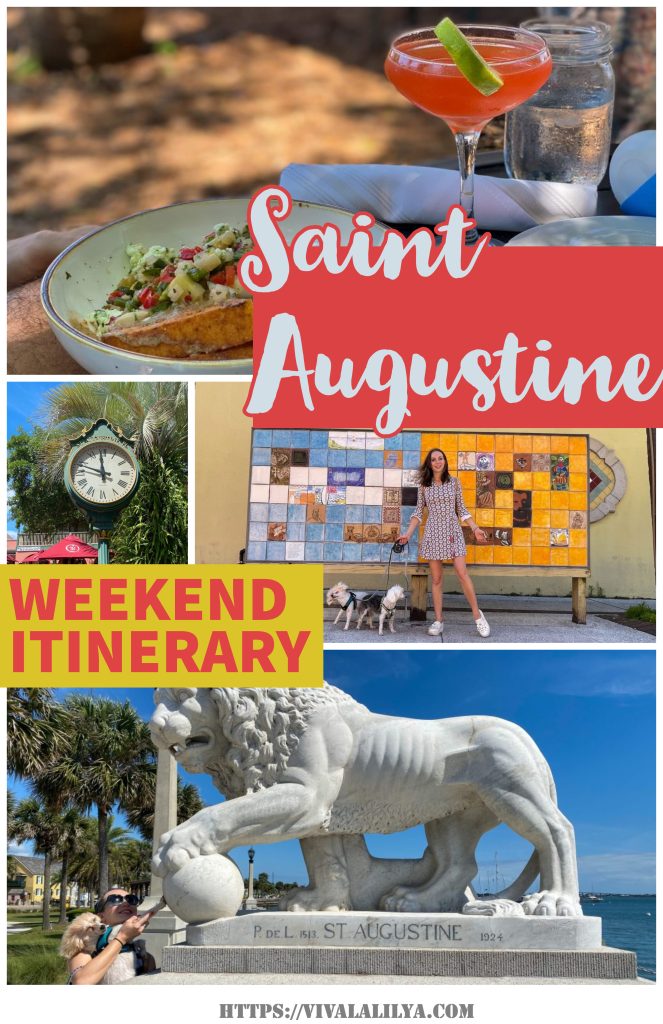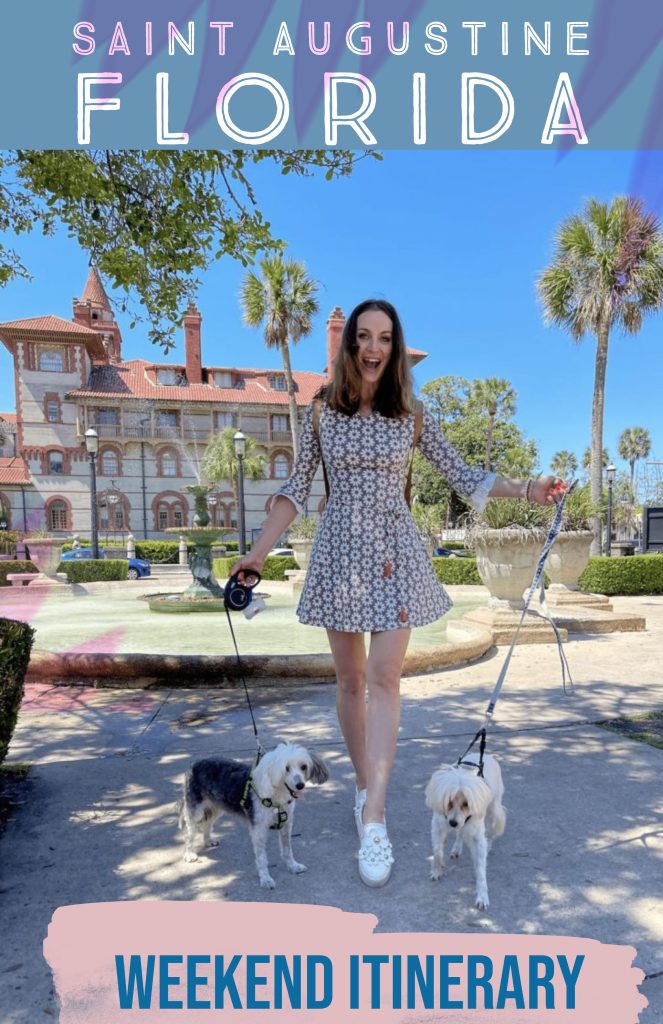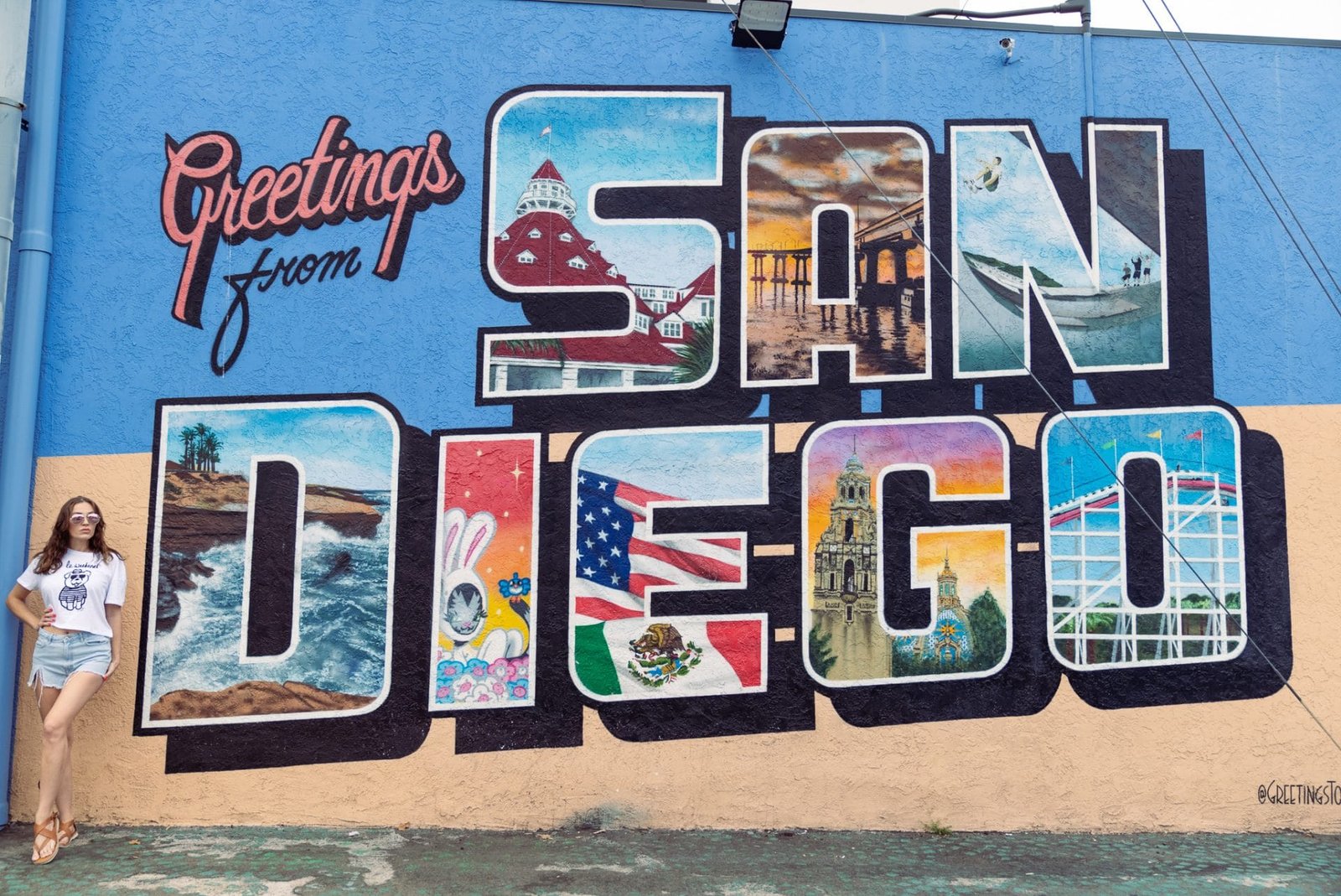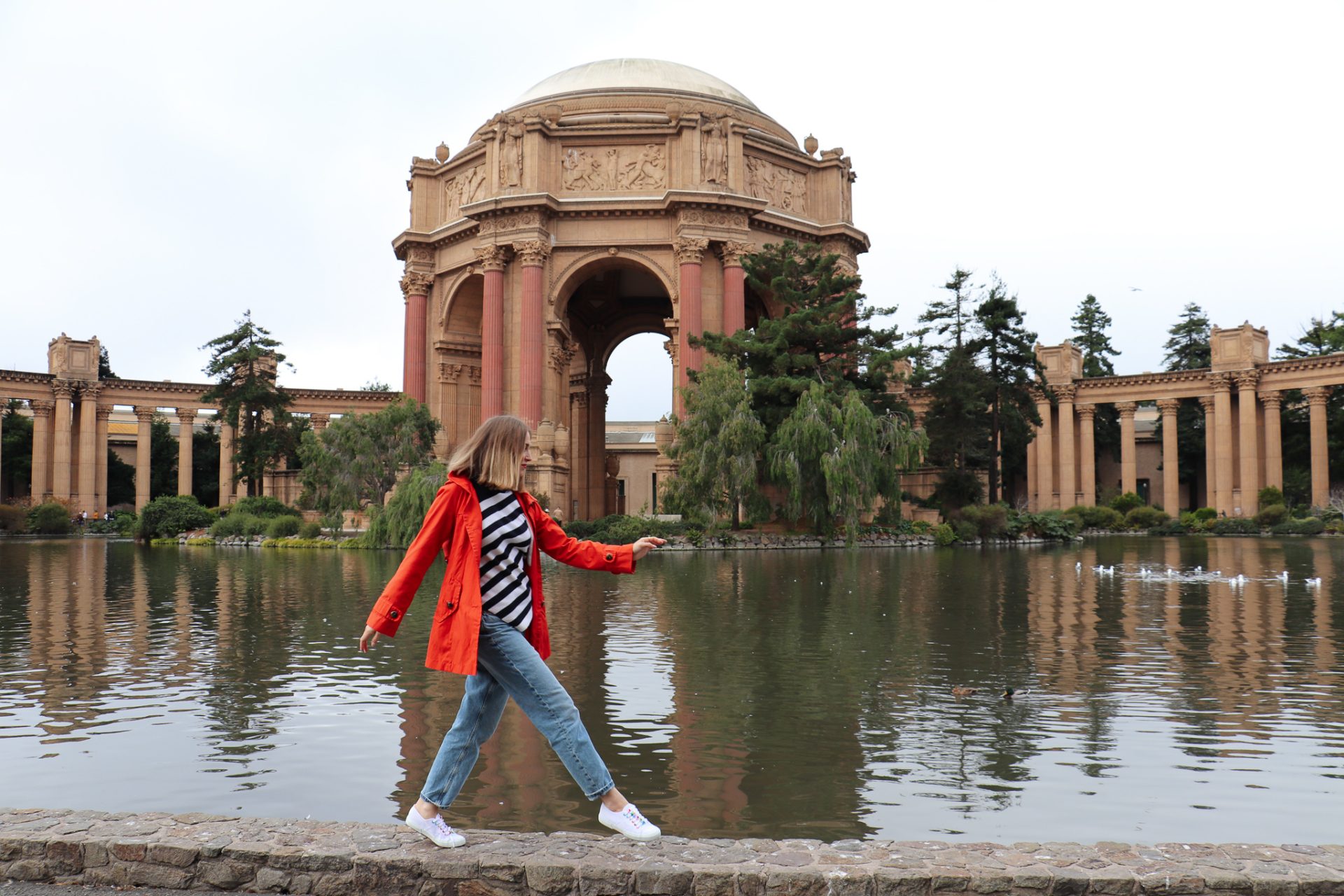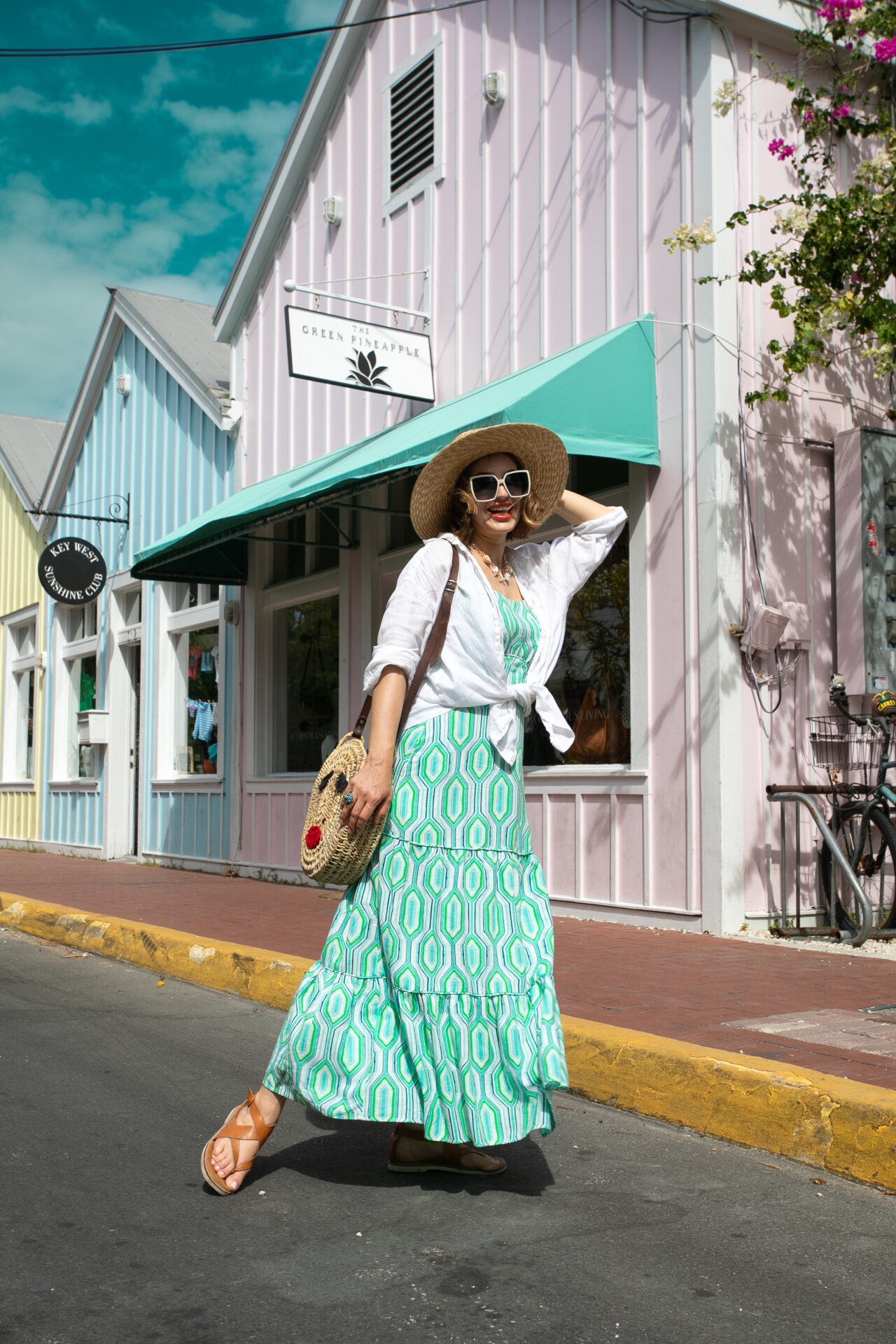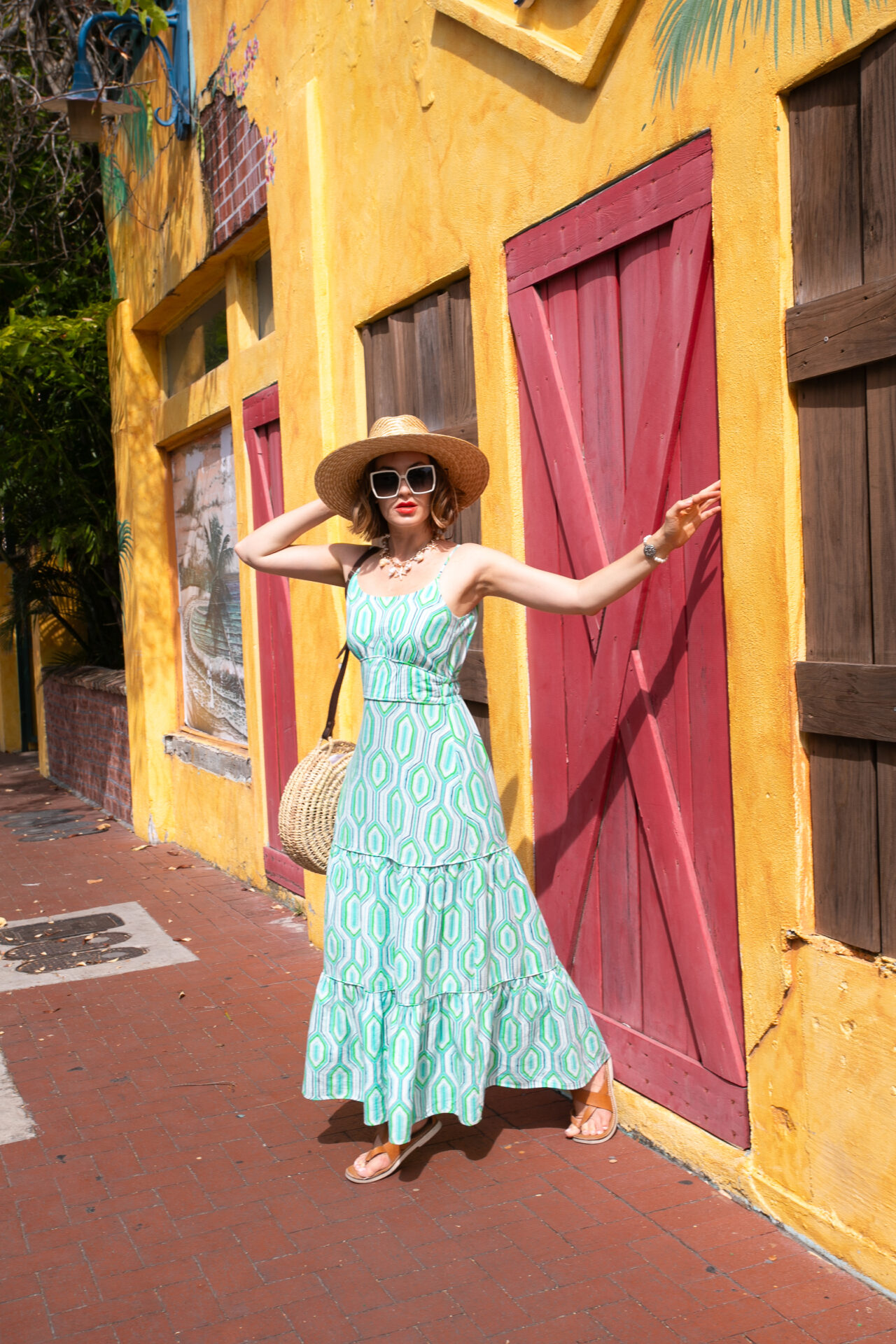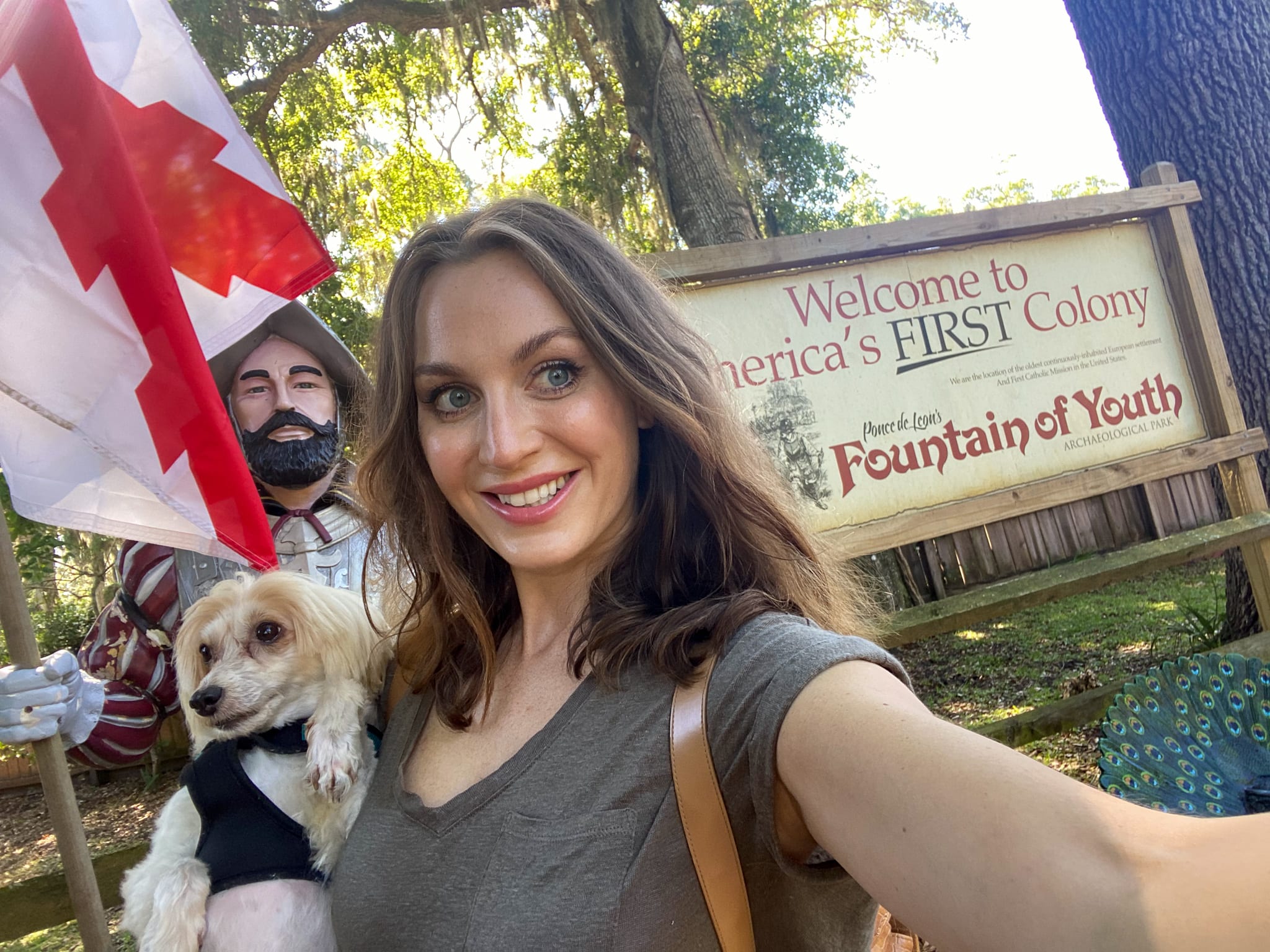
St Augustine Weekend Itinerary: 9 sights you can’t miss
Quiz Question: What do Jack Nicholson, Clint Eastwood, Tom Hanks, Will Smith, and Leonardo DiCaprio all have in common? Yes, they’re all highly successful actors, and they all live in St. Augustine, a very popular tourist city located in north-eastern Florida in the United States.
St Augustine is a perfect weekend getaway
Also referred to as the Sunshine State because of its warm sub-tropical climate and abundant sunshine, Florida is home to St. Augustine, the oldest continuously-occupied city in the United States.
Where is St. Augustine?
St. Augustine lies on the north-east coast of Florida, just over a 2-hour drive from Walt Disney World.
How Old Is St. Augustine?
Founded by Don Pedro Menendez de Aviles of Spain in 1565, St. Augustine is renowned for its gorgeous beaches, like St. Augustine Beach and Crescent Beach, and of course its Spanish colonial architecture. Today, St. Augustine is commonly referred to as the ‘Nation’s Oldest City’; a 17th-century Spanish stone fortress known as the Castillo de San Marcos is just one of the highlights of a visit to St. Augustine.
Best Things to do is St. Augustine
St Augustine itself is an amazing, living history museum where one can take a step back in time and explore the earliest days of our nation. There are several museums in the city, including the St. Augustine Lighthouse and Museum, the Lightner Museum, and the Government House Museum. You’ll love the artifacts and collections on display, but you’ll also be amazed at the historic buildings themselves.
That Bit Of History:
55-years prior to the Pilgrims landing on Plymouth Rock, St. Augustine was founded by the Spanish as a colonial outpost, and while the city definitely has a European feel about it today, it also has a distinct American vibe. Tourists can explore the 144-block Historic District either by bike or on foot, enjoy a delicious butter pecan milkshake, or head to the 17th island green at nearby Ponte Vedra Beach, where the best golfers in the world will tee-off for the upcoming Player’s Championship.
No. 1: Fountain of Youth Archaeological Park
People have been searching for the secret to longevity since time began, but perhaps Juan Ponce de Leon, the 16th century explorer, got the closest we’ll ever get to the Fountain of Youth. The natural spring located within the Archaeological Park has been a tourist attraction since 1901, but may have been attracting visitors since 1860.
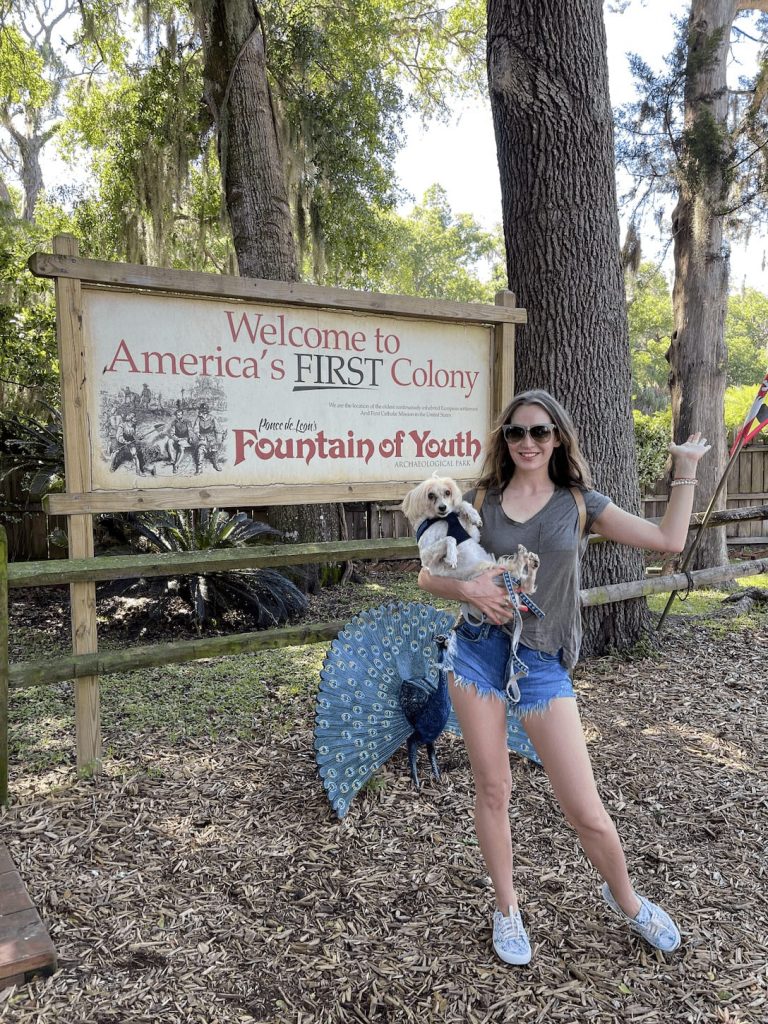
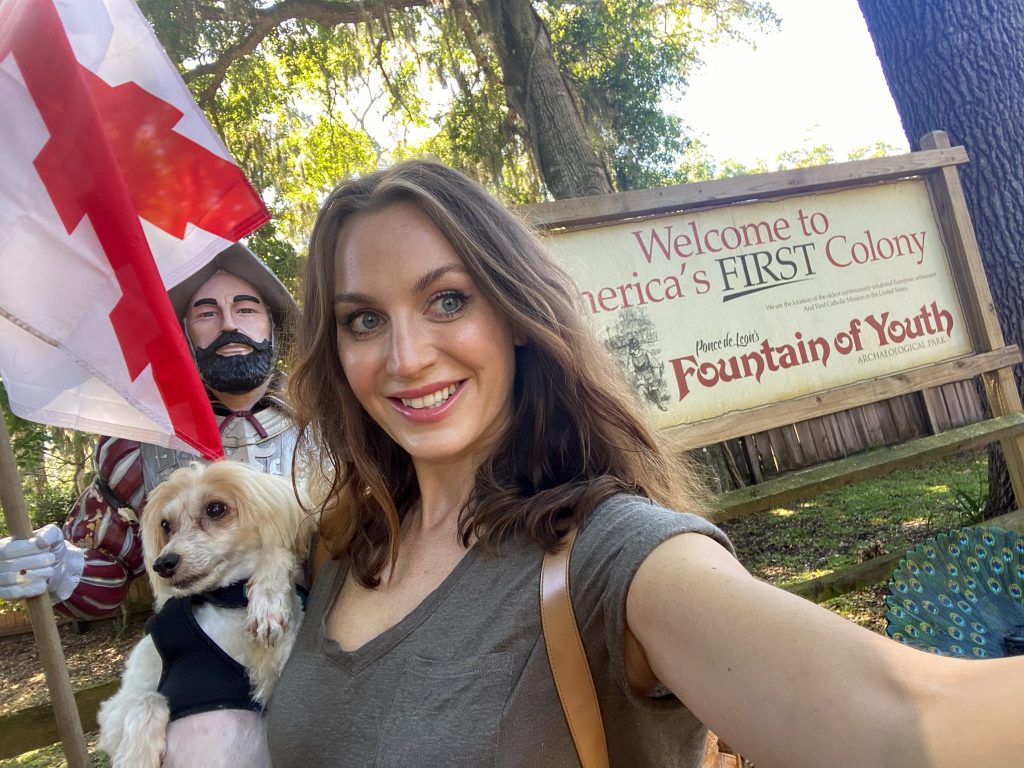
The St. Augustine Fountain of Youth is legendary; it’s a place where you can dive into history, explore, and maybe even capture eternal youth! It’s the site where Ponce de Leon announced the discovery of water with special healing powers; water that will supposedly help you stay young and vital.
Interestingly, the myth of the Fountain of Youth is a Taino Indian legend; it refers to a spring and a river that existed on Bimini Island, which was believed to restore youth to anyone who bathed in their waters. And yes, as a tourist you’re invited to drink from these magical waters, as well as visit the Planetarium, Discovery Globe, Spanish Cannons, Timucua Indian Exhibition, and the Native Christian Burial Ground Exhibition.
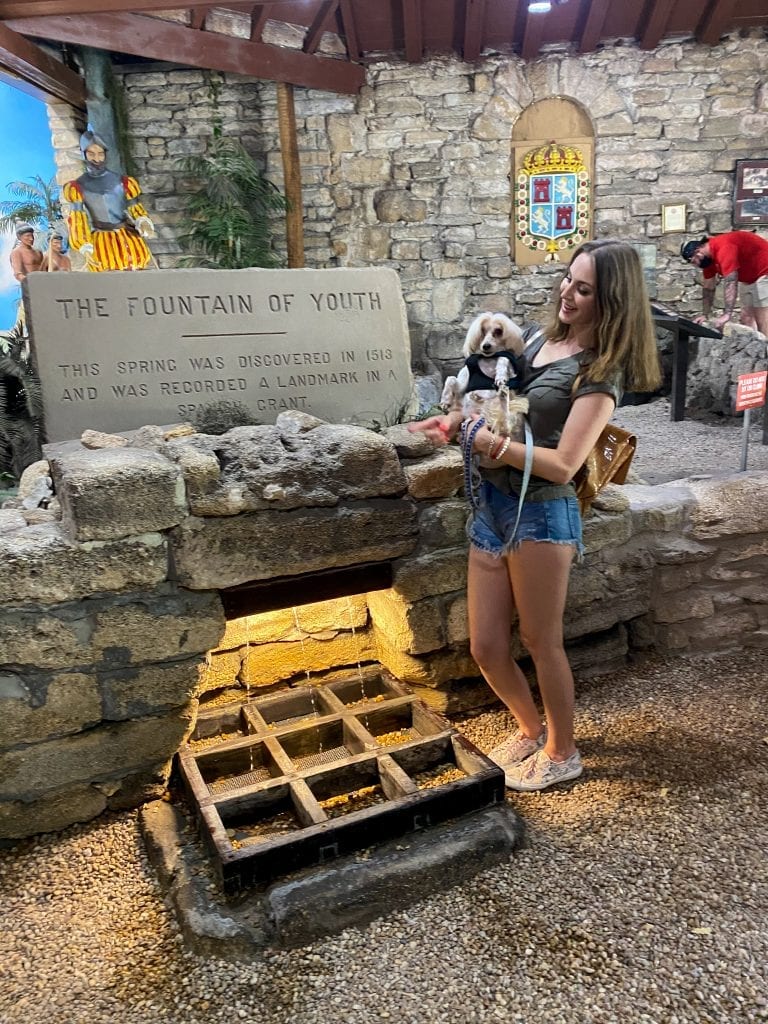
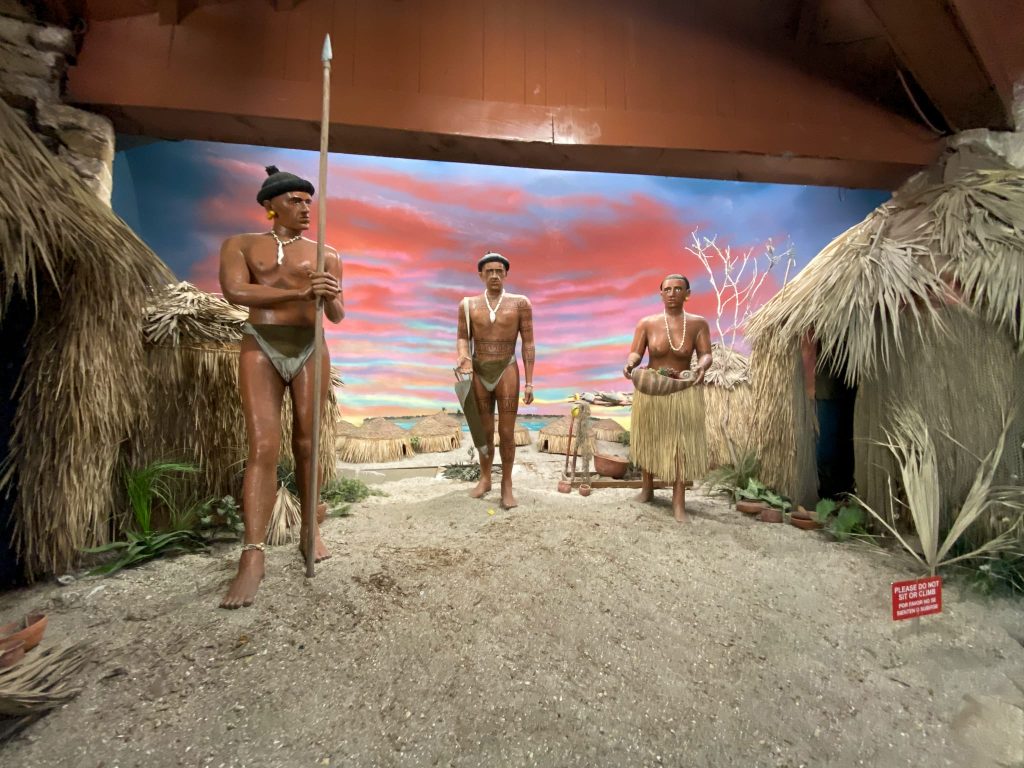
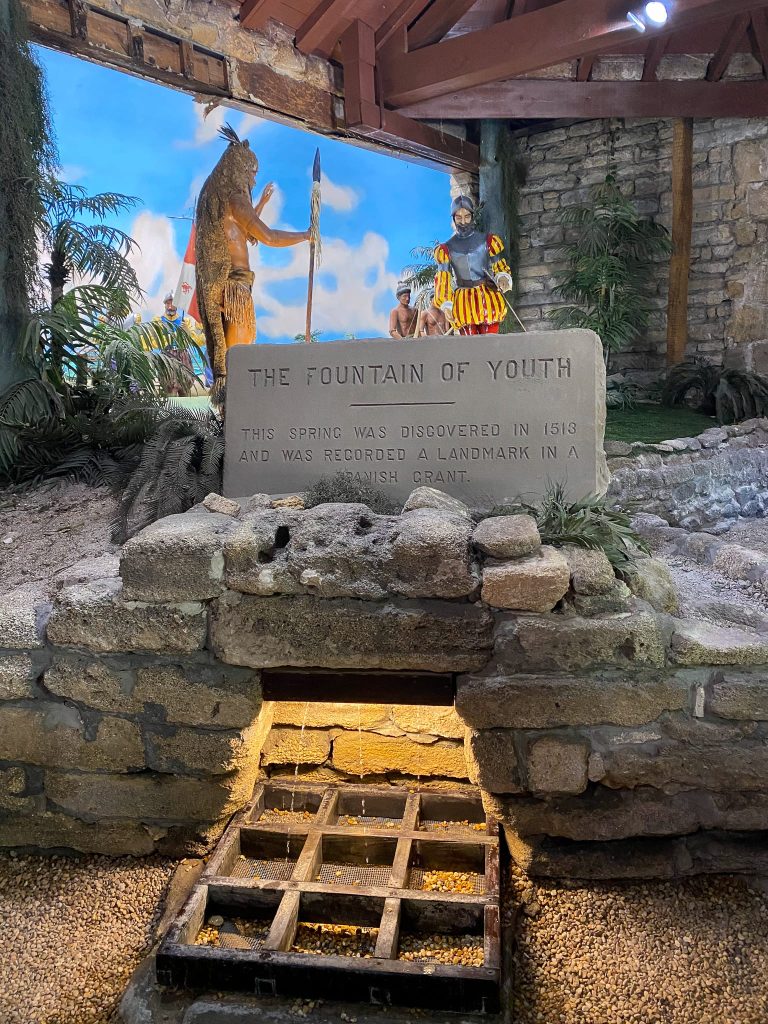
The Fountain of Youth Archaeological Park is a lush 15-acre park overlooking St Augustine Inlet and the Matanzas River. It’s a wonderful, relaxing and informative place to spend time among the preening peacocks and majestic oak trees. You can purchase a bottle of Fountain of Youth spring water for $2.50 as a souvenir, but be warned, the sulfur-smelling water tastes quite foul! But it does contain more than 30 minerals, which could explain why it’s believed to have healing properties.
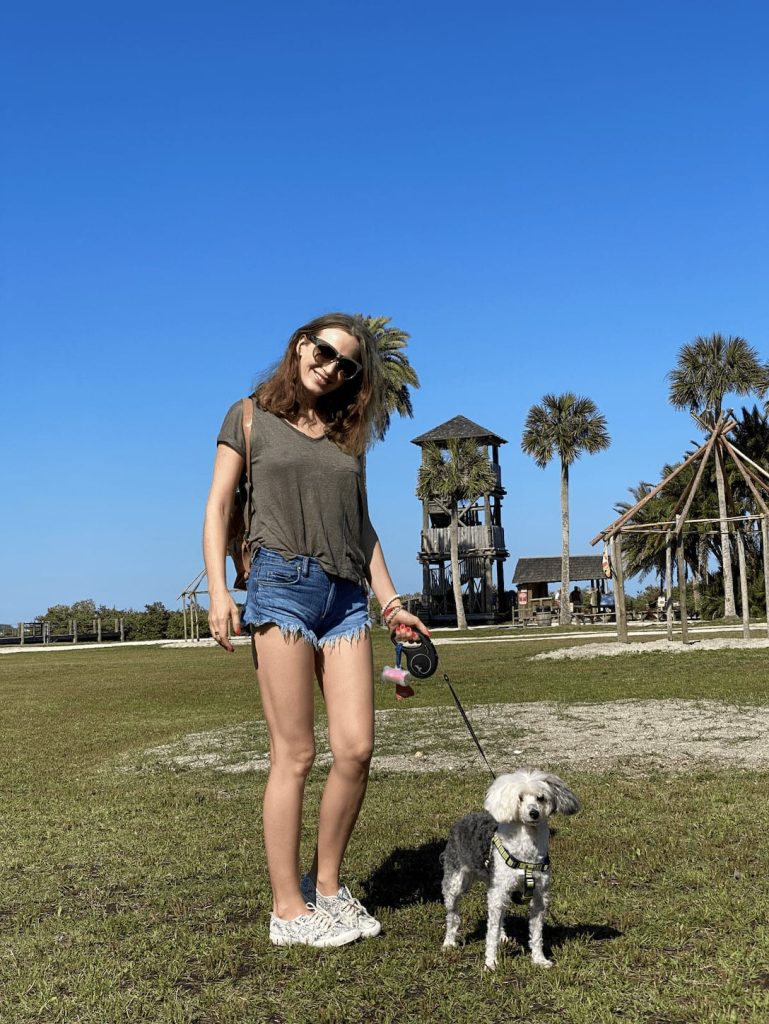
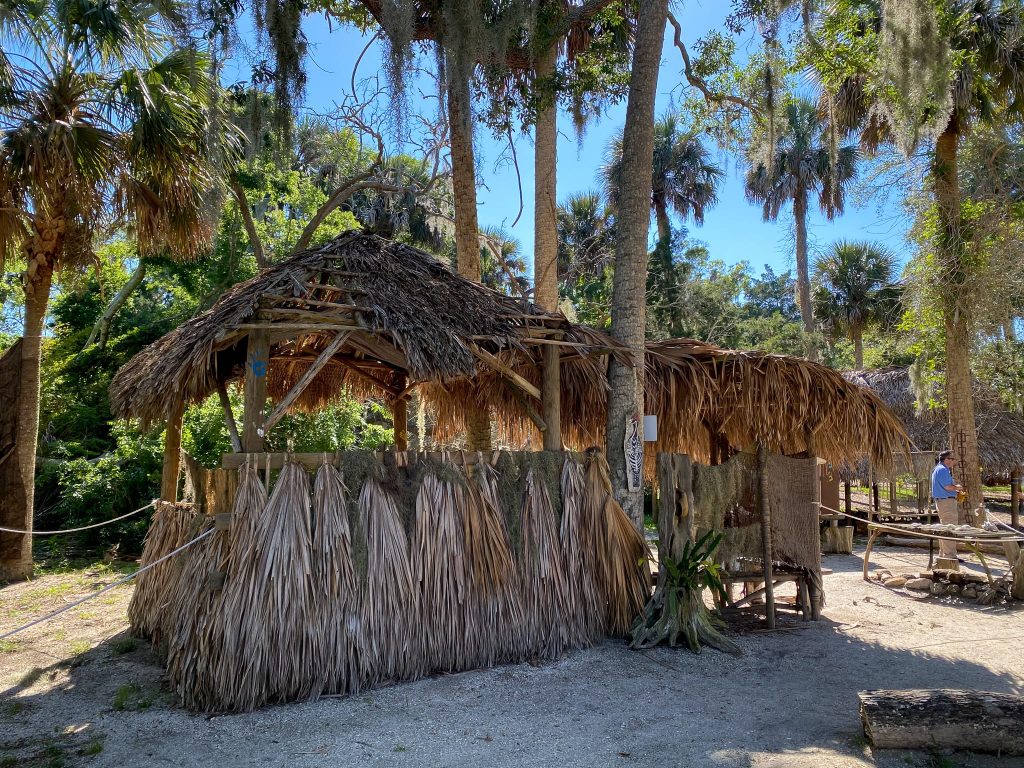
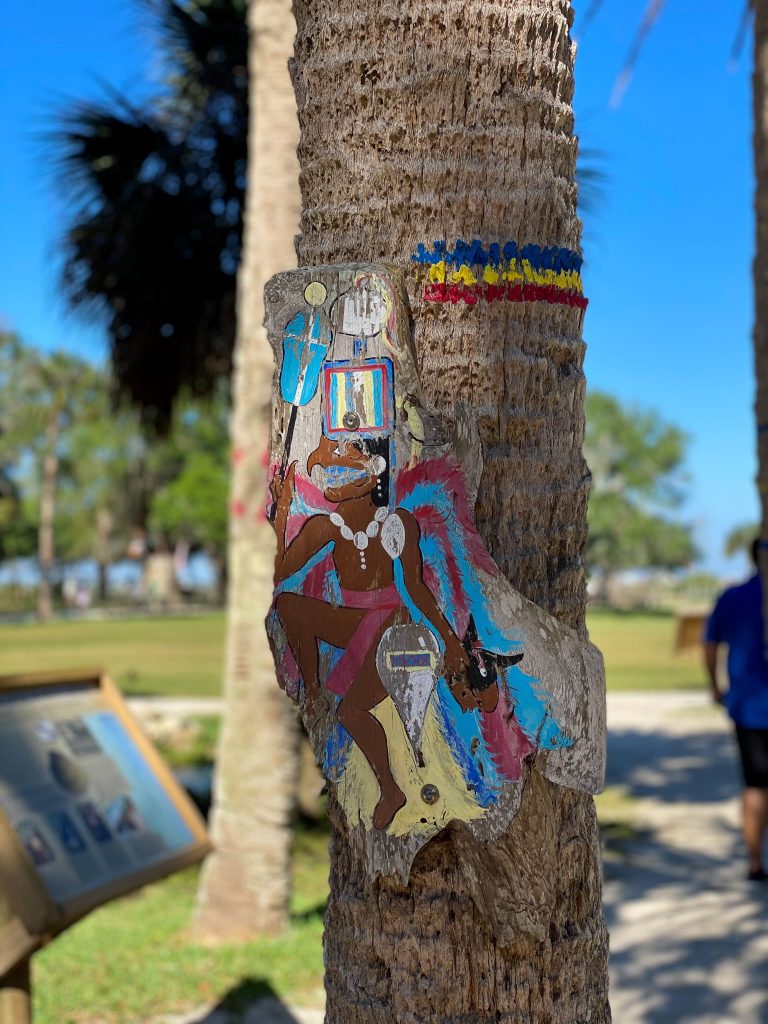
- Magnolia Park: Inside Magnolia Park a guide will lead you to the spring house. It’s nestled between Ponce de Leon’s landing spot and life-sized dioramas of Indian town life; these are both the ancient spring believed to be the Fountain of Youth (as reported by Indian informants to Ponce) and the landmark cross where Spain presumed to claim all of North America. It’s here you’ll receive an offering of water from the spring.
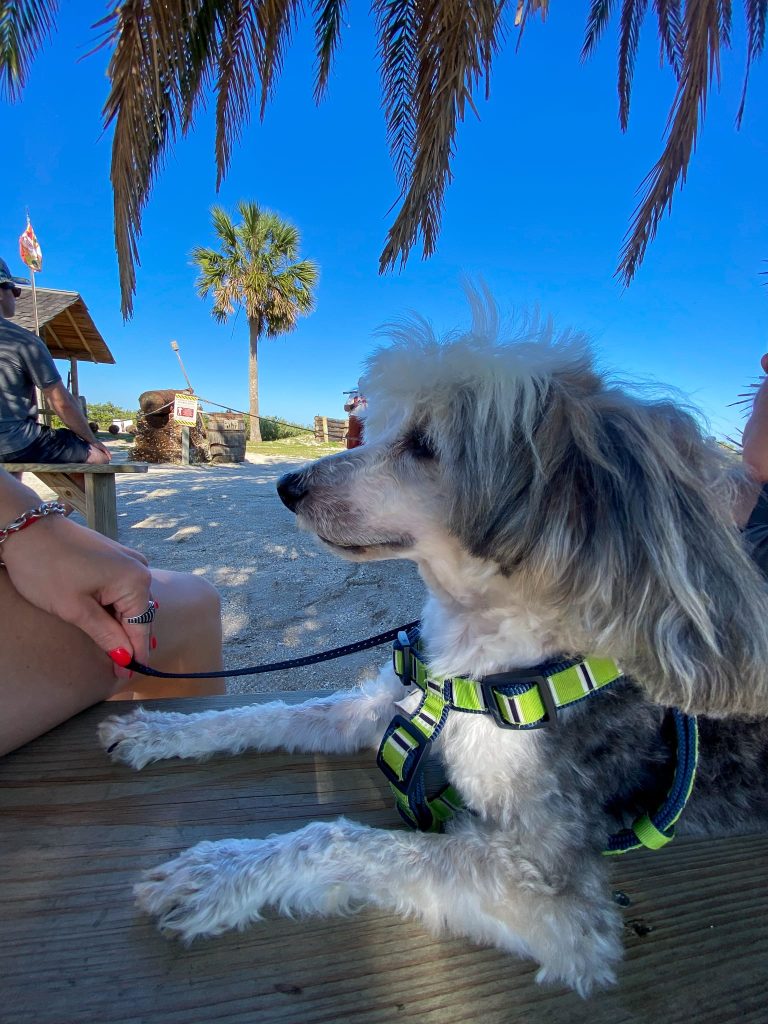
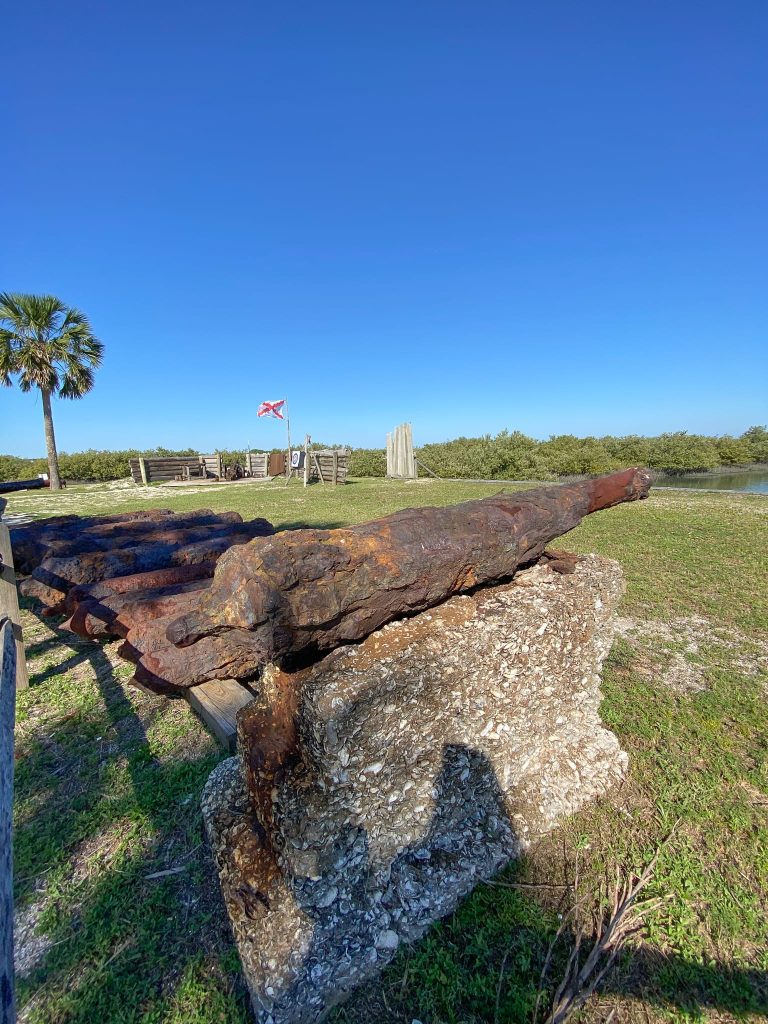

- Timucua Indian Exhibition: This area’s history began long before Ponce de Leon arrived from Spain in 1513. Archaeological discoveries such as relics and hut foundations suggest Timucua habitation for around 3,000 years. The Timucuans absolutely thrived in this area, cultivating pumpkins and corn, hunting with bows and arrows, and fishing from both the land and canoes. Here you’ll learn about their customs and complex social structure. Be moved by the history of the Timucuan Burial site, located inside the Fountain of Youth Archaeological Park.
- The Planetarium is a must-see; watch and learn how early explorers used constellations to guide them during long sea voyages.
- The 2-storey Discovery Globe outlines the routes taken by Spanish explorers across the Atlantic to the New World.
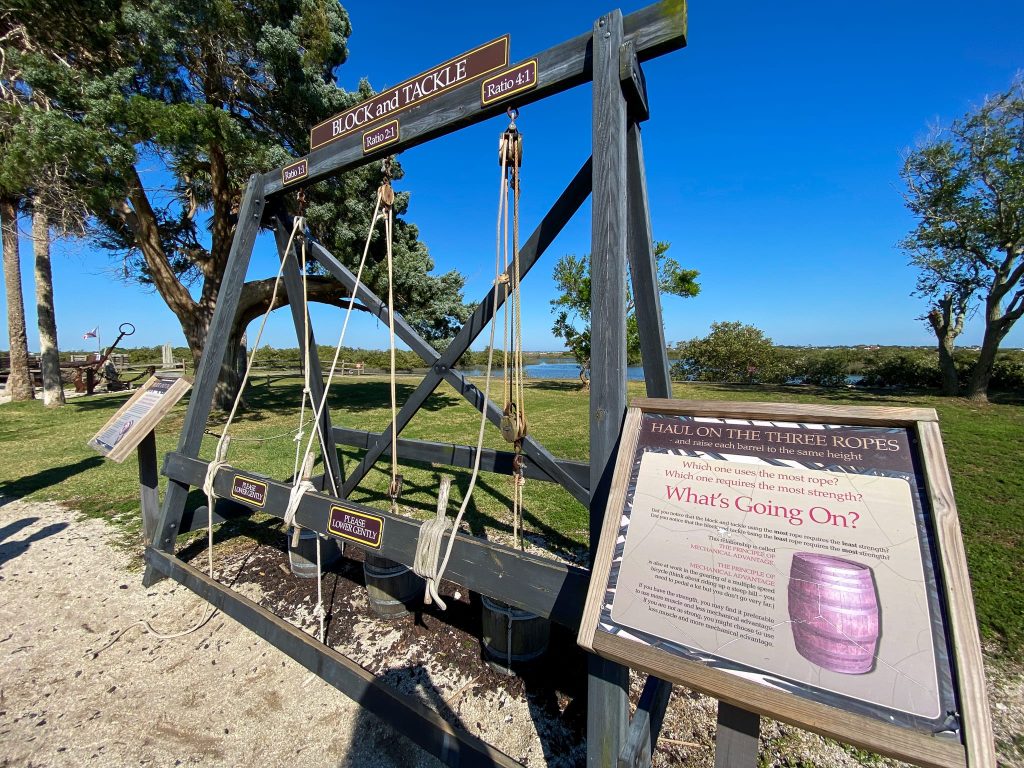
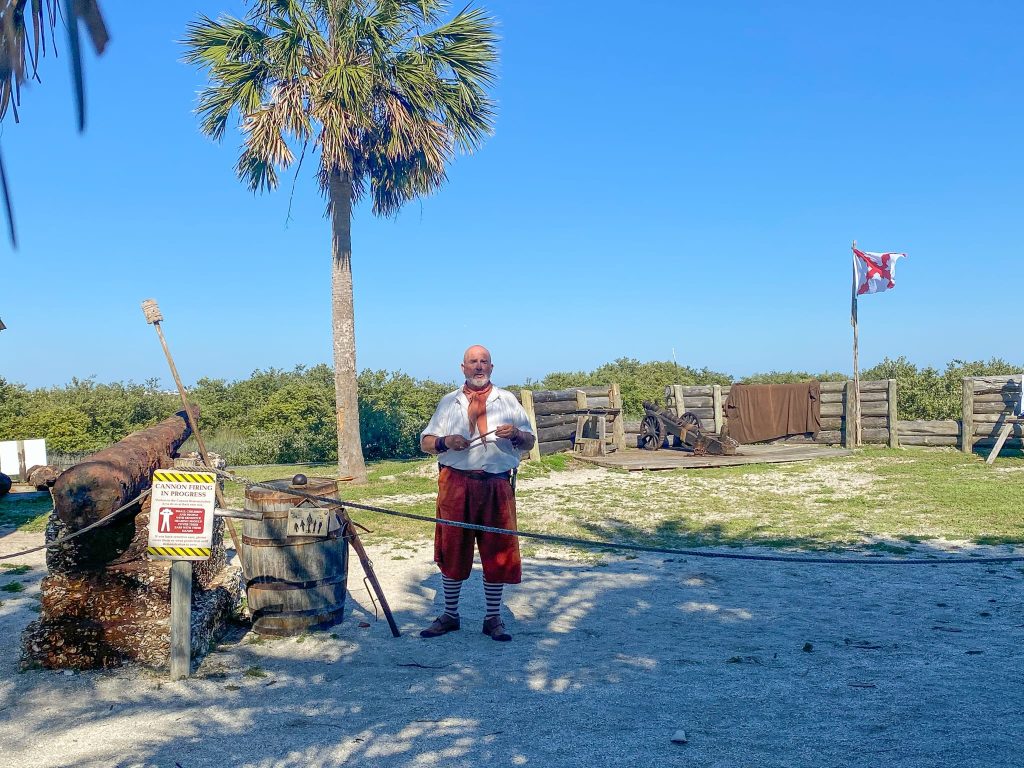
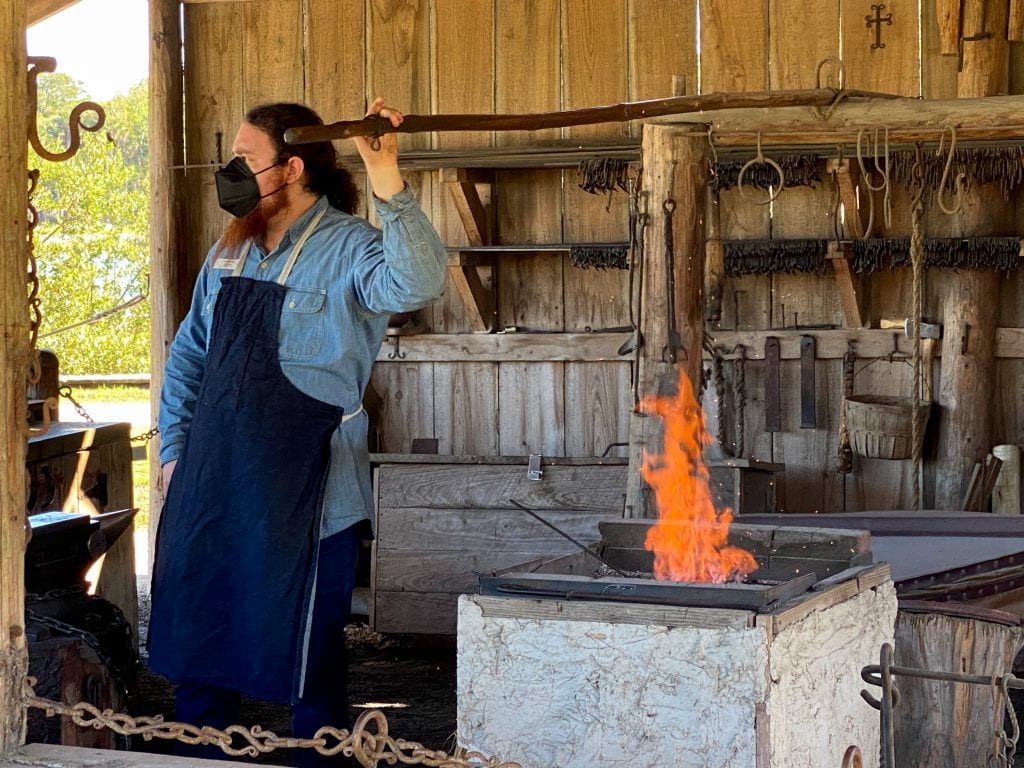
- Experience weapons demonstrations that bring the 16th century back to life. See a replica of a six-pounder gun, plus watch a demonstration of their use during St. Augustine’s settlement. Listen to the BOOM! as the cannon is fired! See lectures and firing of arquebus guns and demonstrations of period crossbows.
No. 2: Our Lady of La Leche Shrine
When Pedro Menendez de Aviles arrived in 1565 he proclaimed the site for both Spain and the Church, naming the site Nombre de Dios, which means Name of God. Father Lopez became the first parish priest in St. Augustine. Artifacts can still be seen at Mission Nombre de Dios; relics from the very beginning of the Spanish settlement.
The Our Lady of La Leche Shrine is the oldest known shrine in the USA. Located at Mission Nombre de Dios, the Shrine’s origins can be traced back to 1565 and the founding of the city of St. Augustine. Unfortunately, the mission itself no longer exists and has been replaced with a small, vine-covered chapel; this can be found at the Great Cross, north of downtown St. Augustine.
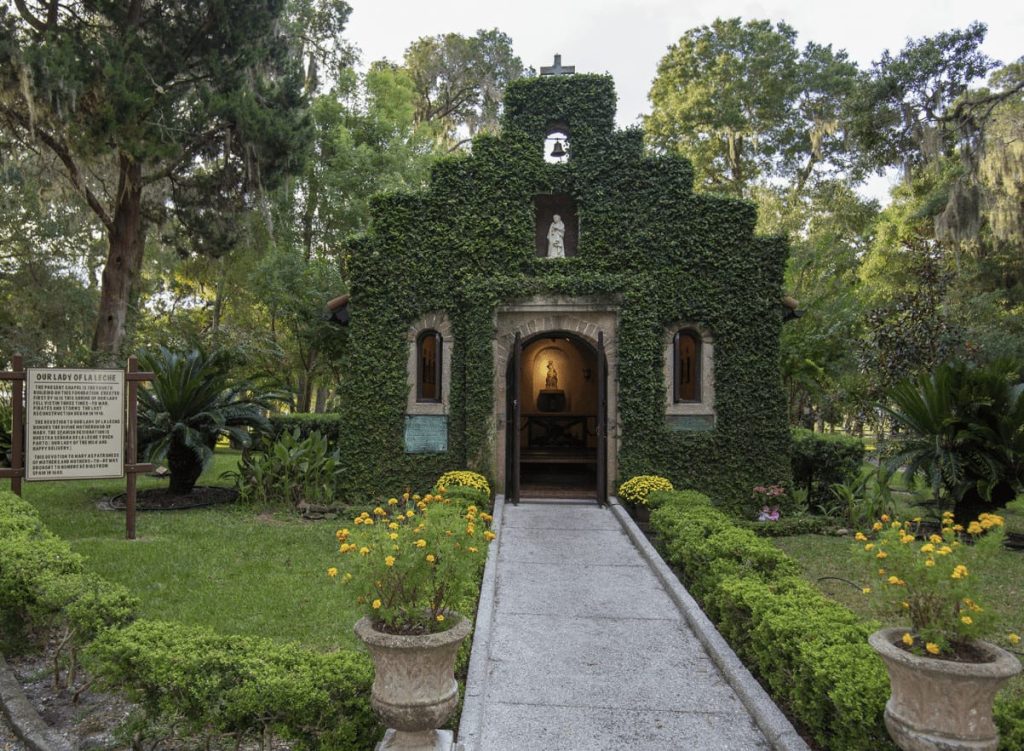
The cross planted by Pedro Menendez de Aviles in 1565 no longer exists; however, the site is market today by an 11-foot statue of Father Francisco Lopez de Mendoza; Mendoza was the chaplain aboard Menendez’ fleet. There’s also a 208-foot stainless steel cross, and other important memorials. The grounds here are absolutely beautiful and provide a wonderful place for prayer and meditation. This site is definitely a must-see!
No. 3: Castillo de San Marcos
St. Augustine has been part of the United States since 1821; however, there still remains a powerful symbol of former Spanish power in the form of the massive Castille de San Marcos. This is certainly an impressive landmark; the fort overlooks Matanzas Bay, which leads out to the Atlantic.
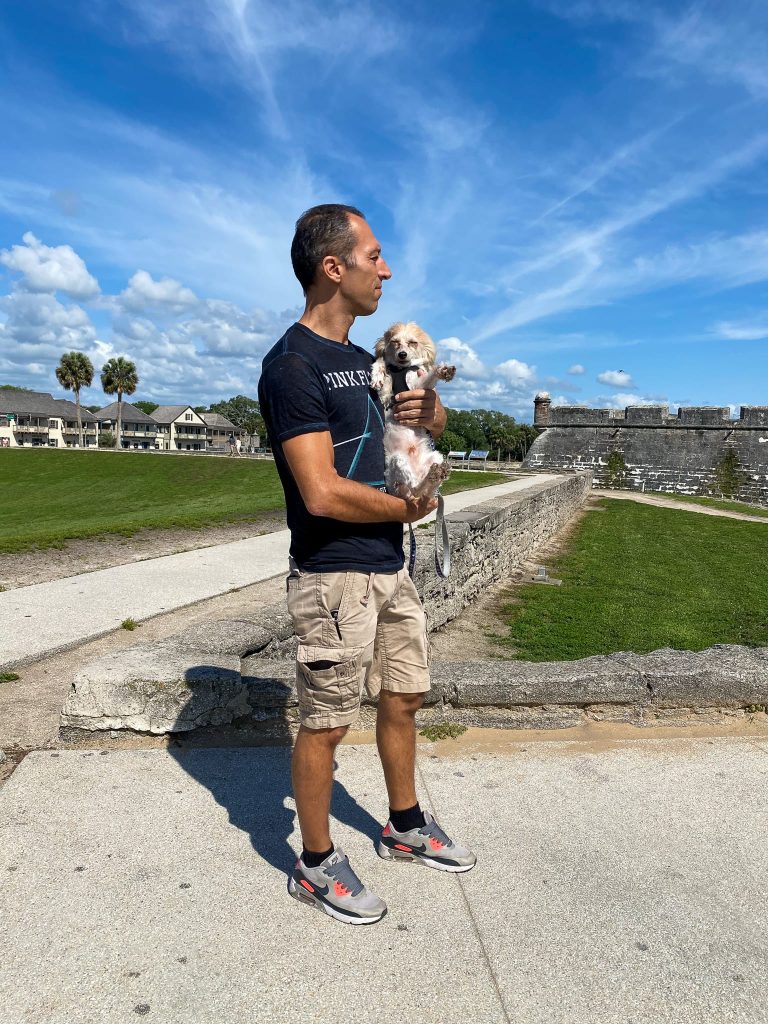

Building of the fort commenced in 1672 and was completed in 1695. The construction process involved using coquina blocks manufactured from white limestone, which consisted of coral mined on nearby Anastasia Island, and broken seashells. So strong was the fort that cannon balls used by the English to attack the fort in 1702 and again in 1740 had little or no effect. Today the fort is a national monument, and definitely worth a visit.
No. 4: The Pirate Museum
Make sure you don’t miss the St. Augustine Pirate and Treasure Museum, which is hidden away on a side street. It’s well worth a visit!
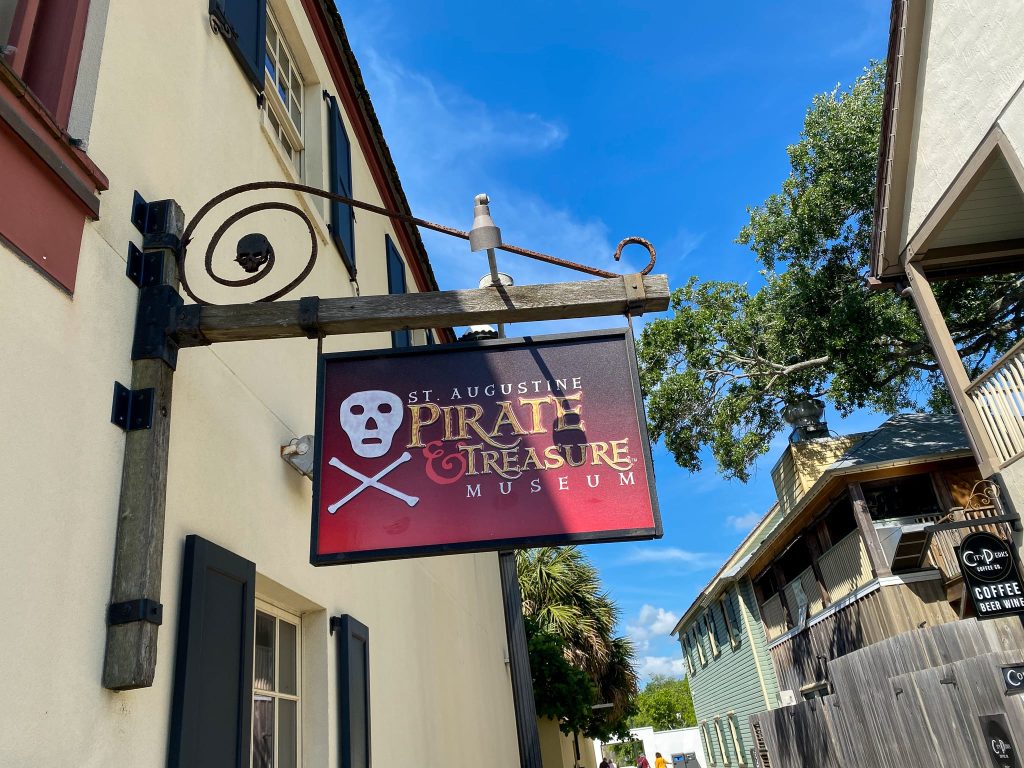
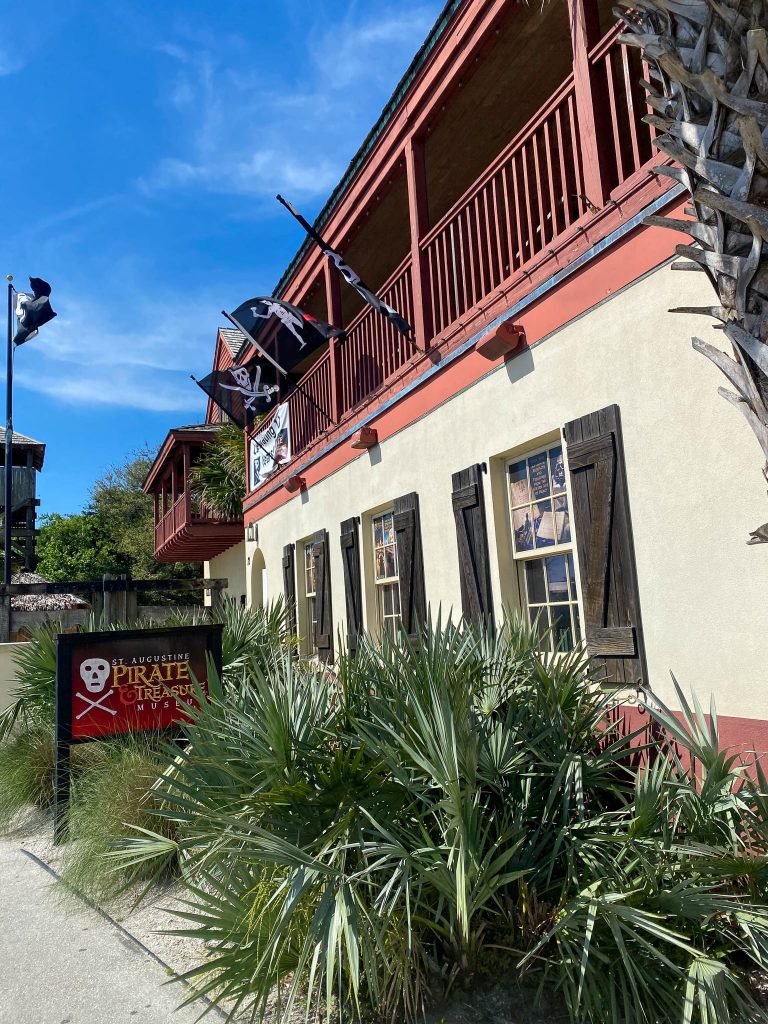
You’ll be taken back to the origins of St. Augustine and discover fascinating stories, like when pirate Captain Kidd had to be hung twice because the noose broke the first time! And meet a real-life Air Force veteran by the name of Captain William Mayhem, a great character who will provide a really entertaining tour of the museum.
No. 5: Saint George Street
On Orange Street, across San Marco Avenue and leading to Saint George Street, you can see the columns of the old city gates.
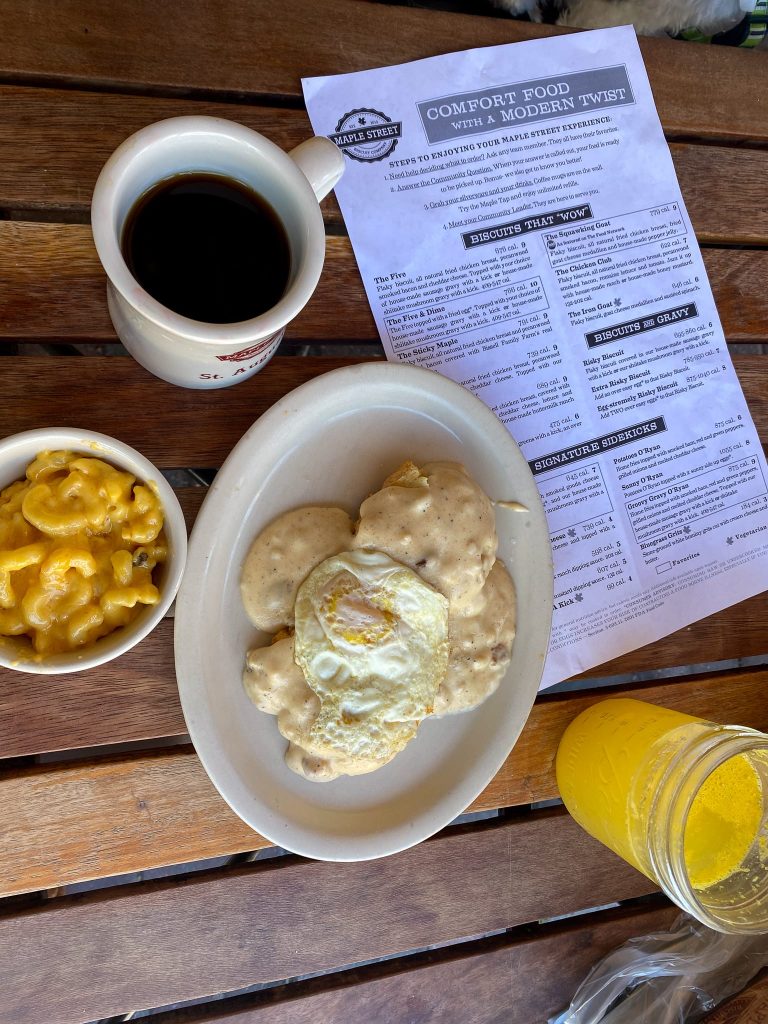
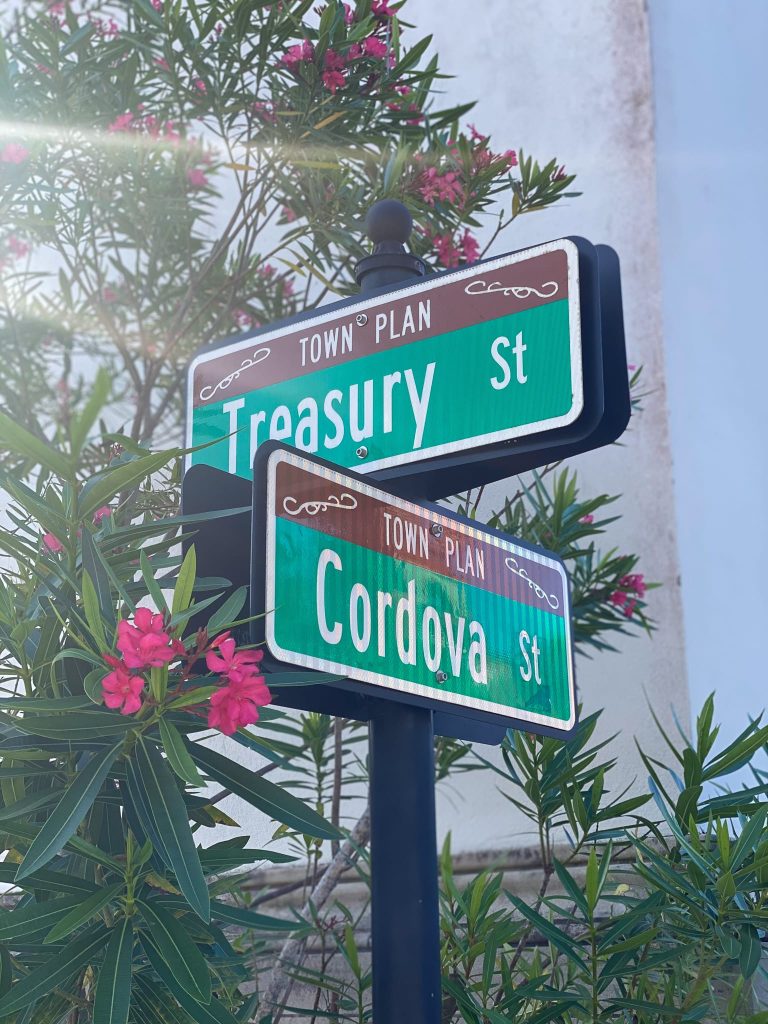
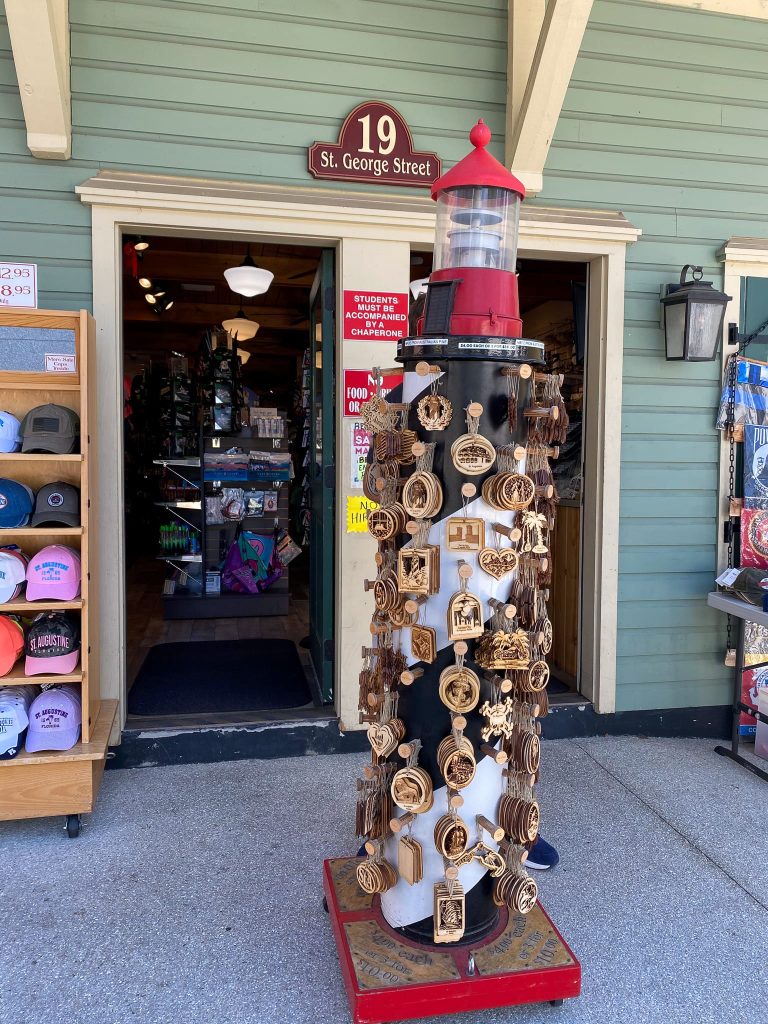
Saint George Street is the main street in St. Augustine; part of it is actually a thoroughfare where pedestrians are free to roam through what could be called a grand bazaar of shops, without worrying about bicycle or vehicle traffic.
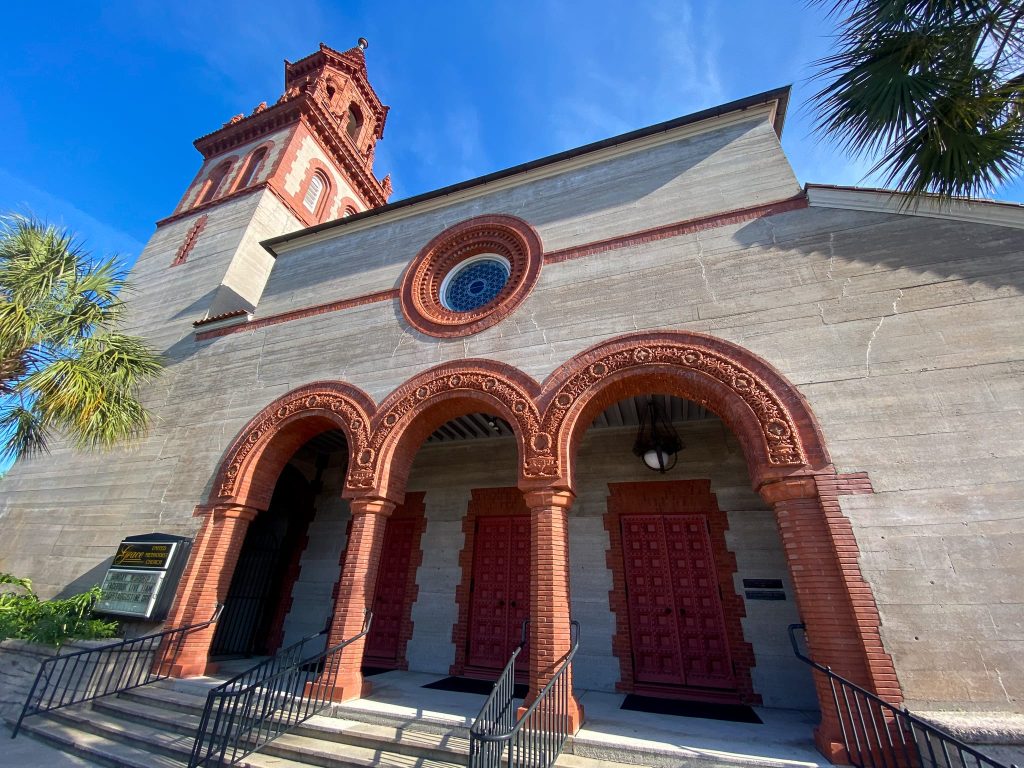
On entering the gates you’ll see ‘The Oldest Wooden Schoolhouse’ on the right, which was built more than 200 years ago.
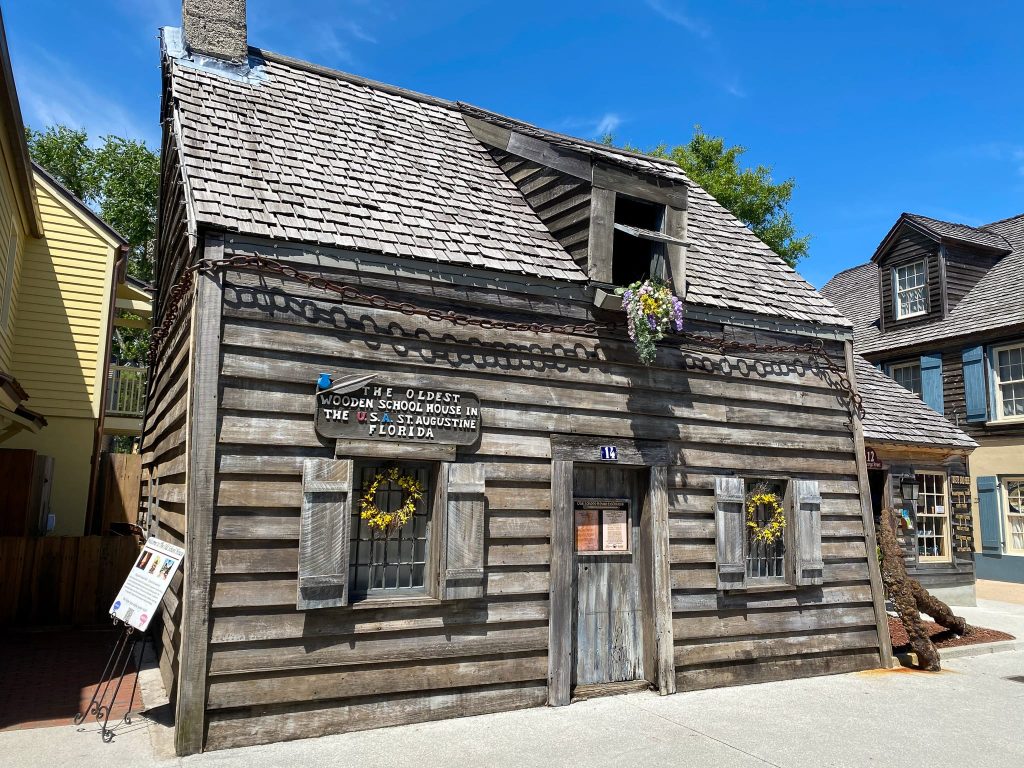
Constructed from red cedar and cypress, the building was put together with handmade nails and wooden pegs. You can see copies of books used by pupils and other related artifacts, together with photographs dated 1864 showing the last graduating class.
The rich heritage of St. Augustine makes both the city itself and its surroundings a rare and distinctive getaway for visitors from all over the world. With centuries of fascinating history, historically St. Augustine owes much to the Spanish, English, Greeks, Native Americans and African Americans. History buffs love the Moorish-style and Spanish colonial architecture, not to mention the many museums and landmarks like Ponce de Leon’s “Fountain of Youth’ and the Oldest Wooden Schoolhouse. St. Augustine has been home to a range of cultures, all of which have been carefully preserved through the historical sites in and around the city.
No. 6: The Spanish Quarter
Spanish Influence
Both the southern section of St Augustine and the Spanish Quarter Restoration will immediately transport you back to an old-world atmosphere of stone houses, narrow, shaded streets, and carved-wood balconies. Houses and gardens have a strong Spanish influence, as do the gorgeous hotels built by Henry Morrison Flagler, the oil baron, in the days when he planned for St Augustine to become the American Riviera.
The Spanish Quarter in St. Augustine gives visitors the opportunity to experience hundreds of years of both Colonial Spanish and British living history in the area. Go back in time and see the kind of life Spanish soldiers and their families lived more than 250 years ago, and marvel at the historical and archeological research required for restoration of this historical masterpiece.
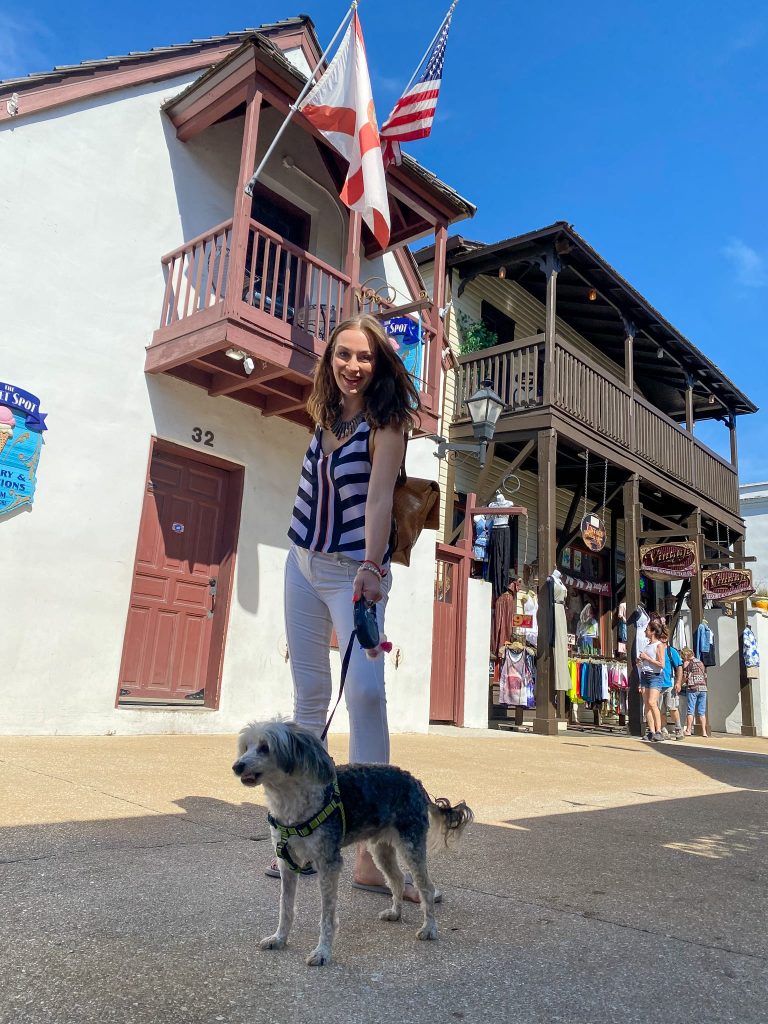
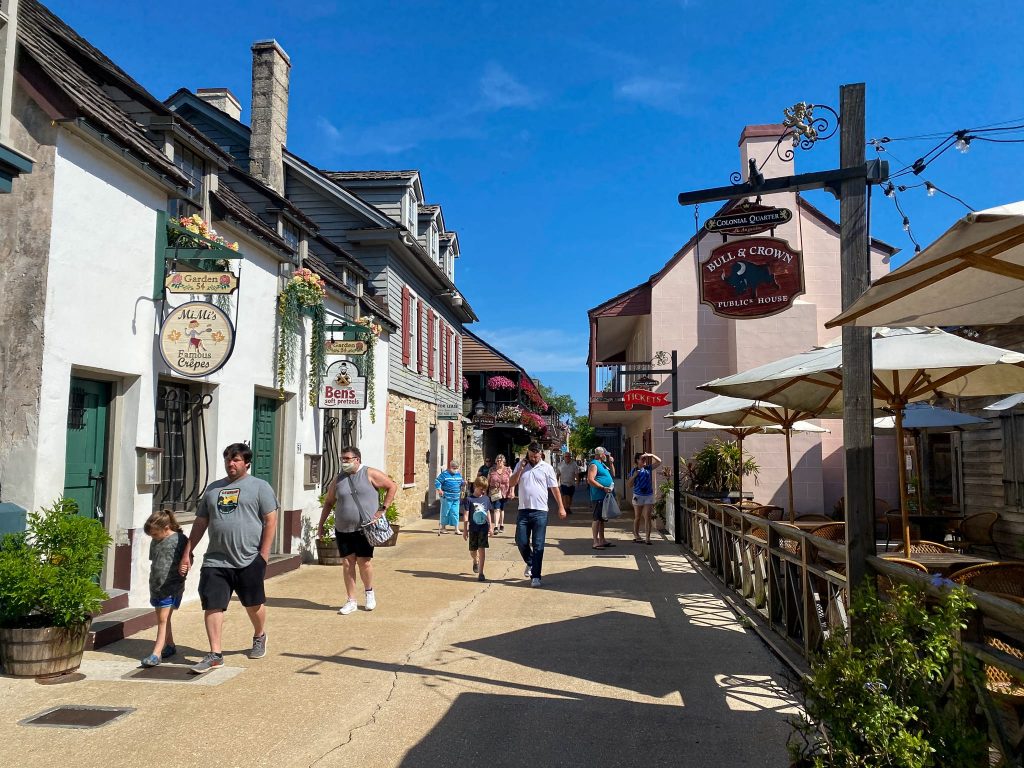
These craftsmen have managed to recreate the perfect historic atmosphere, and you’ll be impressed with your knowledgeable guide as you’re taken on an immersive journey through history – the weaver and blacksmith are even dressed in period clothing!
No. 7: Hotel Ponce de Léon
Another Quiz Question: What do Presidents Theodore Roosevelt, Warren G. Harding and Grover Cleveland, Will Rogers, John Jacob Astor and John D. Rockefeller all have in common? They all stayed at the lavish Spanish Renaissance-style Hotel known as the Ponce de Leon. The original hotel closed in 1967 and reopened in 1968 as Flagler College.

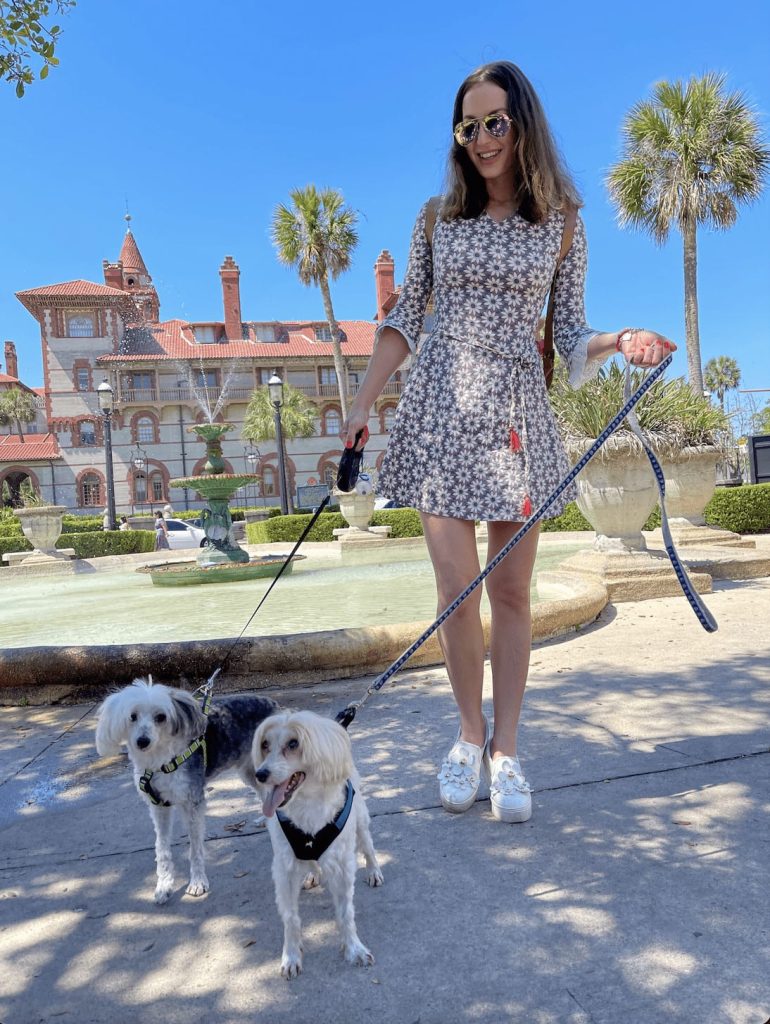
This stunning hotel was the masterpiece of oil tycoon and tourism evangelist, Henry Flagler, who conquered St. Augustine in the late 1800s. The hotel now functions as a campus of Flagler College.
You can take a 45-minute tour of this amazing building and admire the 68-foot domed ceiling, the grand lobby, and the 79 Louis Comfort Tiffany stained-glass windows in the old dining room. Don’t forget to ask about the 2,400-year-old Sacred Cat Rug!
No. 8: The Alcazar Hotel
The Alcazar was Henry Flagler’s third grand hotel; built in 1888, it sits alongside Casa Monica and opposite the Ponce de Leon. Both the Alcazar and Casa Monica closed their doors in 1931; today, the restored front of the Alcazar is St. Augustine’s City Hall, while the remainder of the building has become part of the Lightner Museum where you can see a mind-boggling 20,000 examples of Victoriana, from quilts and seashells to marbles and gramophones.
No. 9: St. Augustine Lighthouse
For almost 100-years the Augustine Lighthouse guided ships safely into St. Augustine’s port. By the 1960s the abandoned lighthouse had unfortunately fallen into a terrible state of disrepair; however, today, after a $1.2 million, 14-year restoration, the lighthouse has become a not-to-be-missed nautical museum. Don’t miss the opportunity to climb the 219 spiraling cast-iron steps to the Observation Deck to view the beautiful skyline of the old city and the stunning panoramic view of the Matanzas River.
Please note that the above is in no way a complete list of things to see and do when visiting St. Augustine. Regardless of what you enjoy when travelling, just know that there’s something for everyone’s wonder and enjoyment in St. Augustine.
St. Augustine: The ‘Ancient City’ Definitely Worth A Visit!
